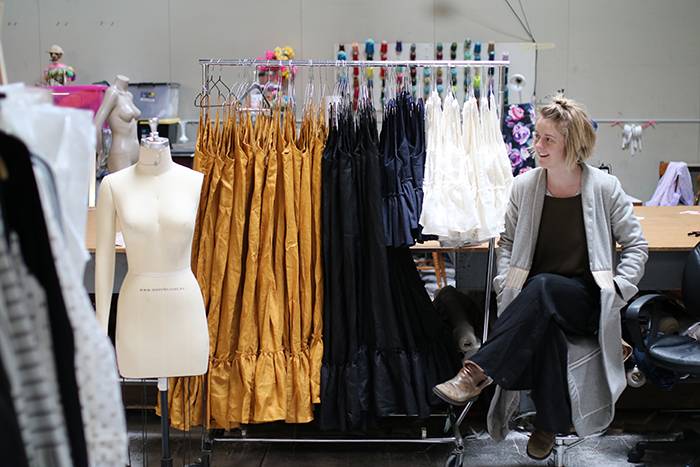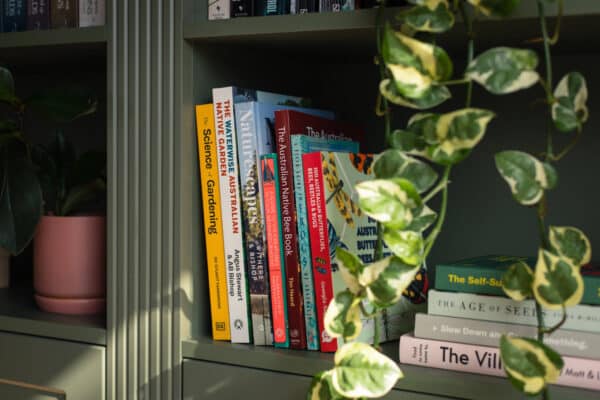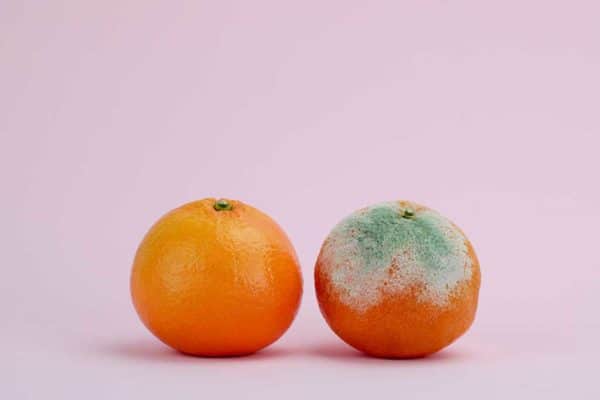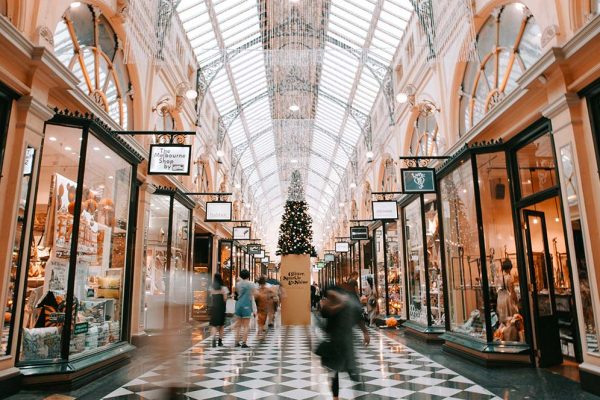It’s easy to look at pretty models in pretty clothes and think nothing of how they got there.
When a brand shares their new collection, we don’t generally envisage a little home studio where the designer sat night after night, juggling their family life, unpicking mistakes, or having frustrating Skype calls with fabric suppliers at 2am.
But this is the reality; especially for ethical fashion brands.

"These business owners and makers work tirelessly to provide sustainable alternatives to fashion, yet we often turn up our noses at the cost."
I’m fortunate enough to call some of New Zealand and Australia’s favourite fashion labels, my friends. I count myself privileged to constantly hear insight into their struggles and wins, but it’s no good keeping this to myself!
To justify the true cost of ethical fashion is to understand that a purchase instigates a literal happy dance from the maker because the challenges and battles were all worth it to provide you with a garment you’ll cherish.
These business owners and makers work tirelessly to provide sustainable alternatives to fashion, yet we often turn up our noses at the cost. If these brands left their strong ethics on the sidewalk and joined in with mainstream fashion, their lives would be easier, and they would be making a killing. But instead, they work their butts off to create items with less impact on the planet and its people.
We owe it to them to listen.
The designers:
Lois, Lois Hazel: Womenswear made in Melbourne by Lois Hazel
Aimee, Bohome & Roam: Bohemian inspired home wears and accessories sourced across the globe, based in New Zealand
Elle, Elle Evans: Swim and activewear made in Australia from 100% recycled fabric
Erica, Recreate Clothing: New Zealand based boutique streetwear, made in a sewing and training center in Cambodia
How do you balance sustainability with beautiful design?
Lois Hazel: Creating sustainable pieces that are beautiful and well-designed is just part of what I know I need to do. I think people tend to put a lot more pressure on being an ‘ethical’ or ‘sustainable’ designer. In my opinion, it’s a lot easier than some may make it out to be. If you start with the right foundations or make the choice to ensure that you are going to do things a certain way, then it just becomes normal. This makes the efforts of being ‘sustainable’ just part of your everyday thinking.
Elle Evans: I think that the two can be totally synonymous. There’s this misconception that you must sacrifice design to create a sustainable product, but there are so many ways to create something ethical and sustainable.
How do you trust your suppliers?
Recreate Clothing: Thank goodness for third-party certification like GOTS! As it wasn’t possible to visit all the different factories at the beginning, we rely on good solid external certification.
Bohome & Roam: The easiest, and most effective way to work with overseas suppliers that have aligning ethics is finding organisations that are already accredited or affiliated with fair trade groups. These suppliers have already met a strict set of criteria in regards to how they treat their employees (social impact) and are required to consider their impact on the environment.
In saying that, some of our suppliers don’t have this formal accreditation with known fair trade organisations. It’s expensive to become affiliated, so it’s tough for small businesses and growing social enterprises to gain this. I have a series of questions I ask potential suppliers about how they operate. I need to know their story. I want to know about the humans who make the products for them, how they are treated, paid, and what types of holidays and medical options they are offered. I ask for images of the workshops and employees. I also search for reviews and other press releases about them.
The hardest part of working with artisans overseas:
Through discussions with brands, these are the top three barriers:
- Communication: time zones, technology, and language barriers. Descriptions of fabric colours can get lost in translation, and finding times that suit to Skype, can turn into 2am meetings with intermittent internet connection.
- Cultural differences: the workers question hem lengths (you really have your dresses this short!?), or struggle with fit and size. Recreate Clothing once had dresses arrive with pockets far too small, because in Cambodia, the women’s hands are much smaller!
- Shipping: the added cost, the delay in arrival (what if there’s a snow storm?!), and the negotiations through customs. If the garments or fabric arrive and they aren’t right, they must go through the whole process again.
"Creating sustainable pieces that are beautiful and well-designed is just part of what I know I need to do." Lois Hazel
What is it like to be a sustainable fashion brand competing with mainstream fashion labels?
Lois Hazel: Price. So many mainstream fashion brands can offer products at a much lower price. I feel that with my price tag, comes a narrative about why it costs what it does. Through telling my story, hopefully I can inspire others to think more before they buy. Pieces are so cheap in fast fashion, that it doesn’t matter for some people. With my pieces, I know people have to think. Can they afford it? Will they wear it enough? Is it what they really need?
Elle Evans: I think the “hardest part” is also kind of the best part; you can’t make a snap decision. You must think through each idea, whether it’s design, marketing, or production, and ask questions until you’re sure it’s the right step to take for the business and the environment. Sure, it might cost more, but when you’re in it for the long game, that doesn’t seem to matter quite as much.
What makes it all worth it for you?
Bohome & Roam: Even when I’m in New Zealand, I still feel like I’m connected with humans on the other side of the world. It fuels my wanderlust. I was skyping a supplier in India we met when we were over there. He was mind blown how it was still daylight at 8pm, as he could see the light from the window behind me. I got talking about daylight savings and how much the sun setting varies, which is so different from India! We chatted about Holi and the Kite festival, before discussing how production was going. I love the challenge of working in collaboration with other humans who are living lives in a different way or culture, and yet we are so connected by aligning values.
Recreate Clothing: One year, when we visited our sewing centre in Cambodia, a woman had recently had a new baby. People in the community were saying that it’s the first chubby baby that they’d ever seen; the result of a happy, healthy mum who herself had good nutrition, and could feed the baby throughout the day.
Another little story… a husband and wife came to work for us, and at the time, they were homeless. They used to sleep under a table in the marketplace. They now own their own home, and when we visit them at home, they are full of pride and beaming at their beautiful house.
Elle Evans: Being able to do the thing I love so, so much whilst knowing I’m not harming the planet to do it! For a long time, I thought to work in fashion you had to ignore the impact the industry was having. I’m just so stoked I get to do it my way!!
Lois Hazel: Seeing someone in my piece and seeing how happy it makes them. Knowing that they love the product, and feel amazing when they wear it, makes this whole adventure worthwhile. Sometimes I wish I could give all my customers hugs so they knew how thankful I was that they believe in me and let me do what I do!
“I think it’s so important to look beyond the face of the brand, any brand, to the people behind it.” – Elle.
Main image: Lois Hazel via VAMMF


